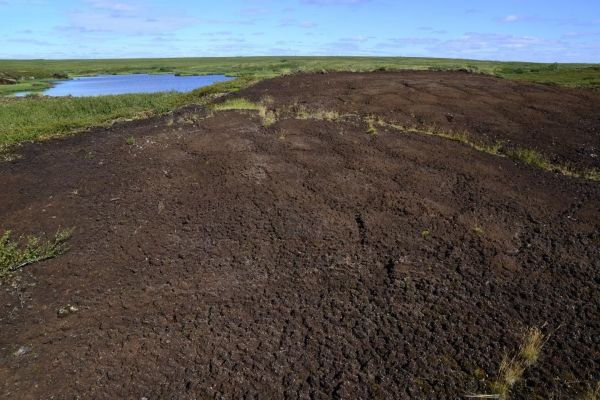Peatlands are an important ecosystem that contribute to the regulation of the atmospheric carbon cycle. A multidisciplinary group of researchers, led by the University of Helsinki, investigated the climate response of a permafrost peatland located in Russia during the past 3,000 years. Unexpectedly, the group found that a cool climate period, which resulted in the formation of permafrost in northern peatlands, had a positive, or warming, effect on the climate.
The period studied, which began 3,000 years ago, is known as a climate period of cooling temperatures. The climate-related effect of permafrost formation brought about by the cooling was investigated particularly by analysing the ancient plant communities of the peatland, using similarly analysed peatland data from elsewhere in Russia, Finland and Sweden as a comparison.
“Our studies demonstrated that the effect of permafrost peatlands on the climate can be difficult to predict. Studies encompassing longer periods of time are valuable, as they help us to understand future change,” says researcher Minna Väliranta from the Faculty of Biological and Environmental Sciences, University of Helsinki.
Read more at University of Helsinki
Image: The study linked data on ancient plant communities with information about how rapidly contemporary northern peatlands bind and sequester carbon, or how rapidly peat accumulates. (Credit: Tarmo Virtanen)


